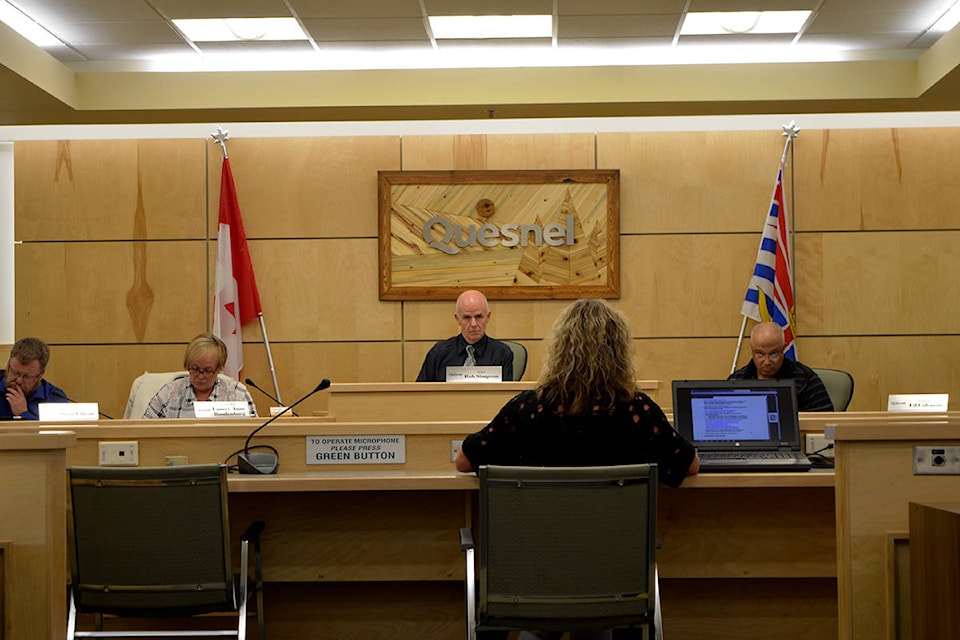A public hearing on the Elliot Street supportive housing project saw polarizing views from the public on Wednesday night (May 30).
The hearing, set to address two bylaws that need to be amended in order for the Elliott Street supportive housing project to continue, saw almost a full house in the city council chambers. It heard financial and safety concerns about properties or businesses from many, while others pressed the city council on why the shelter had been removed from the project.
The Elliott Street supportive housing project was originally proposed as 28 independent supportive housing units with an additional eight, year-round shelter beds and up to 10 extreme weather response beds from November to March. The proposal was changed to remove the shelter and extreme weather response beds and to increase the number of independent supportive housing units to 32.
Many residents expressed safety concerns about the continuation of the project.
Gerald Chouinard, who lives on Elliott Street, wanted to know if there would be a curfew for those living in the supportive housing project. “The reason I ask this,” says Chouinard, who attended the last public hearing as well, “is because I got home invaded—since the last meeting—and I don’t want that to happen again.
“Do I have to live in fear for the rest of my life because of this building being down there?”
Chouinard says he’s not against the shelter or the supportive housing, but that he thinks it doesn’t belong on Elliott Street where it has been proposed.
Another Elliott Street property owner wrote out a statement to read to council. Danielle Cunningham, who owns a property next door to the proposed supportive housing project, raised concerns that the project could “force our family into financial peril with an unrentable house overshadowed by first, a massive, noisy construction project, and then by a towering, sun-blocking housing development.”
Cunningham added that her property is a primary source of income for her family and that she hopes BC Housing will consider that before moving forward.
But not everyone there was against the housing project.
School district superintendent Sue-Ellen Miller spoke in favour of the project. “On behalf of the school district and as the superintendent I believe that it is critical that the city council take action to support residents in need of supportive housing.”
She adds that with the Good Neighbour Agreement in place for the project, and if the school district can work together with the housing provider, “we can keep students safe and that this actually will not put students at risk. And we ask that council be supportive of housing for the most vulnerable people in our community.”
The Good Neighbour Agreement would see the housing operator work with the surrounding community to help improve the neighbourhood and address any concerns in a timely manner.
Miller says housing is the first step to help stabilize individuals and families in need and that it should be provided to help move the community forward.
Following the hearing, the mayor, Bob Simpson, says that he thought a number of the concerns that were brought up, both in prior hearings and Wednesday night, were eased when the proposal was changed to take out the shelter. “We are not people planners, we are land planners,” said Simpson. “And that’s what the council needs to take a look at.”
He says that there was one question brought up in the hearing that he found particularly important to address. “What’s the accountability of the operator to the community? And what’s BC Housing’s accountability to make sure the operator fulfills the obligations of the proposal as proposed to council? And that’s a question that’s shared by council.”
